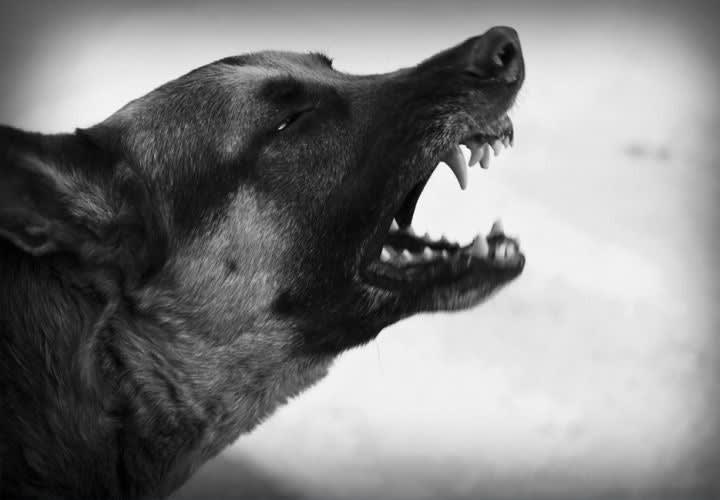As effective as CO2 is against most vicious dogs, there are a few rare ones that are unaffected by it - and they will continue to attack. For those rare few, deadly force will most likely be the only remaining option. These dogs tend to be either "trained" to attack or severely abused and impervious to pain. The use of deadly force in these circumstances is readily justifiable, especially if you've attempted a less-lethal option (CO2) first.
Before I continue, I have a recommendation on personnel assignments. Team leaders need to KNOW their personnel - their strengths, weaknesses, etc. When it comes to assignments involving known vicious dogs, it's imperative to assign the right officers to the front: those with ice in their veins who are not afraid of dogs and will wait until the last second before pulling the trigger on a charging animal.












